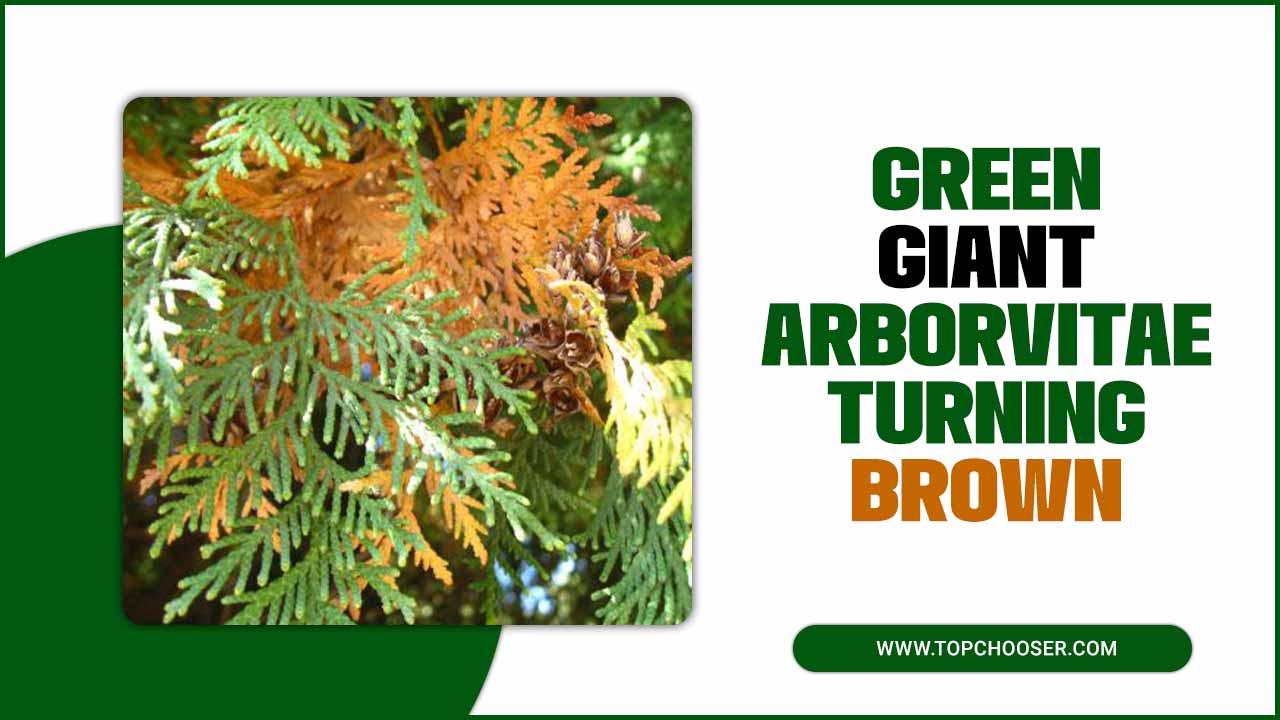Arborvitae, known as thuja, is a popular evergreen tree found in gardens and landscapes. It is known for its attractive foliage ranging from light to dark green. However, brown spots on arborvitae can cause concern as they can indicate various diseases, pests, or environmental issues.
As an arborvitae owner, it is important to take prompt action to address these spots and prevent further damage to the tree. Here we will discuss in detail the possible causes of brown spots on arborvitae and how to treat them effectively.
From fungal infections to spider mites, we will cover all the common culprits behind the unsightly brown spots on your arborvitae. We will also share tips on preventing the recurrence of these brown spots and maintaining your arborvitae’s overall health.
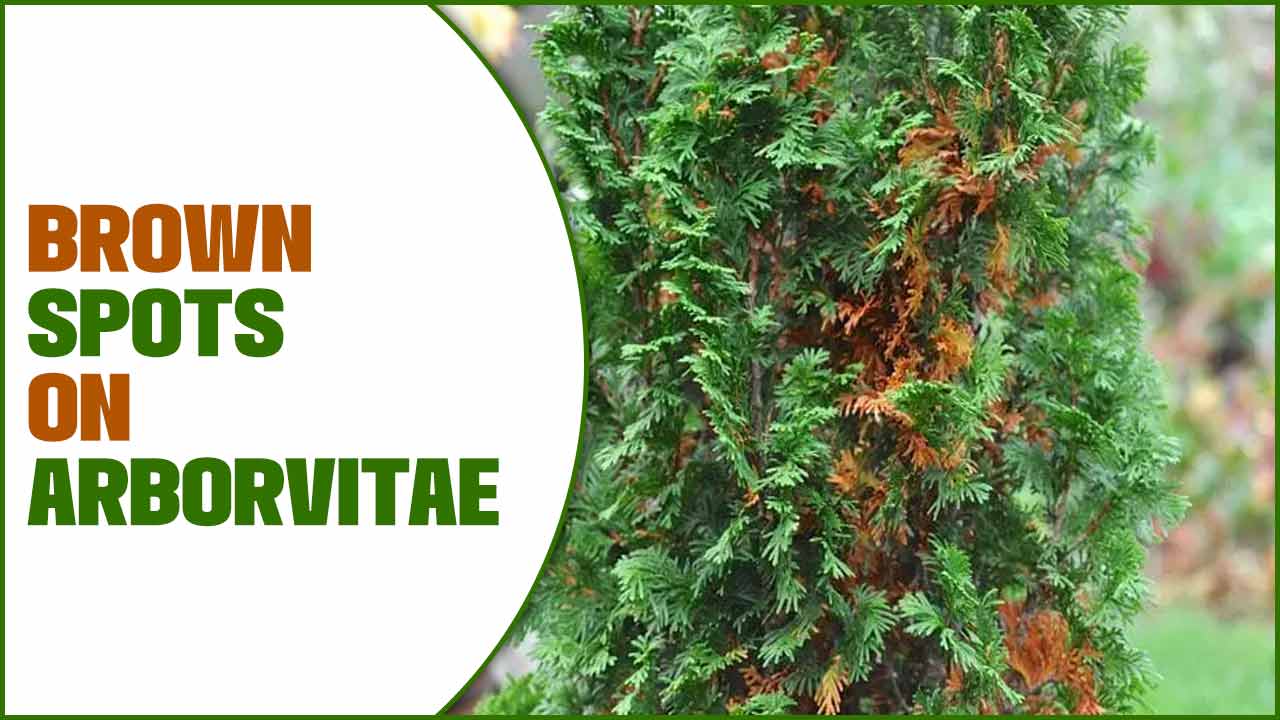
DIY Treatment Ideas For Brown Spots On Arborvitae Issue
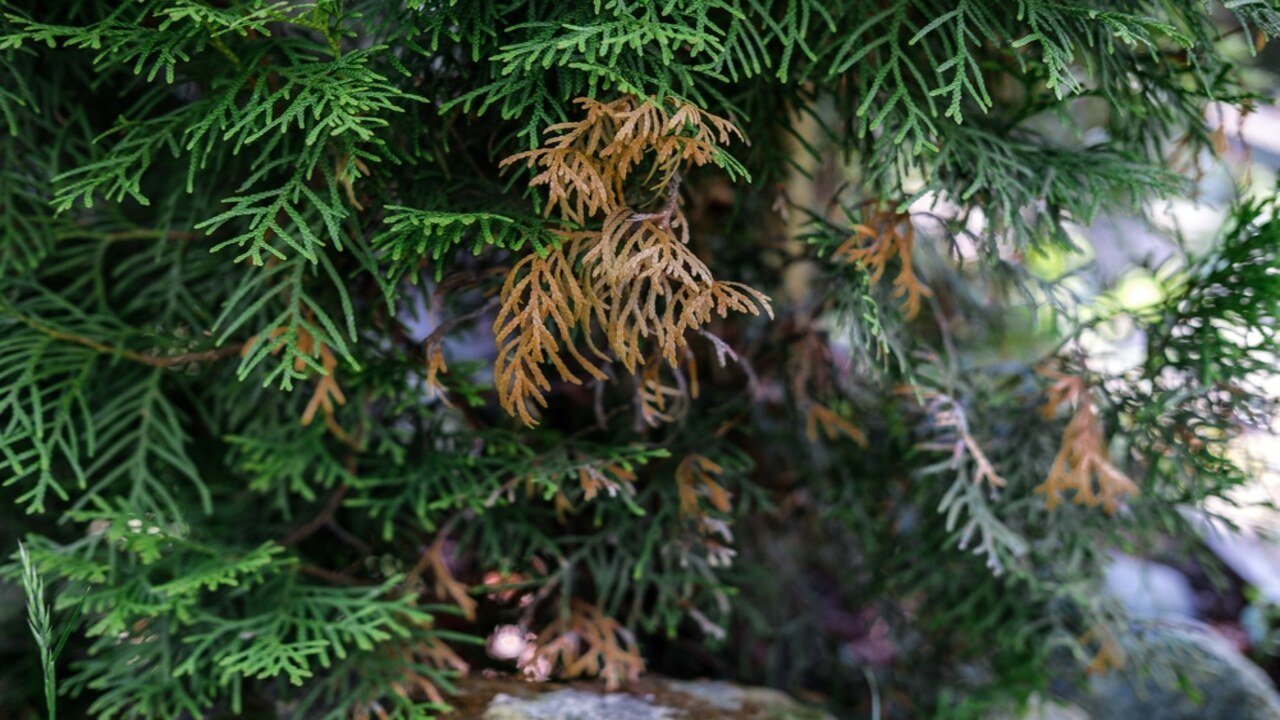
Brown spots on Arborvitae issue can indicate a significant item. Various factors, such as fungal diseases, insect infestations, or environmental stress, may cause these spots. Timely diagnosis and appropriate treatment are crucial to prevent further damage and preserve the health of the Arborvitae. Consult a professional for proper guidance.
1.Proper Watering
Brown spots on Arborvitae can be a result of improper watering practices. These evergreen trees prefer moist, well-drained soil. Overwatering can lead to root rot, causing brown patches on the foliage.
Conversely, underwatering can result in drought stress and browning of the leaves. It is crucial to establish a proper watering routine to address the issue. Water deeply but infrequently, allowing the soil to dry out slightly between waterings.
Avoid shallow, frequent watering that promotes shallow root growth. Applying mulch around the tree’s base can help retain moisture and regulate soil temperature. Additionally, consider the specific needs of your Arborvitae variety, as different cultivars may have varying water requirements. Regular monitoring and adjustment of watering practices will help maintain the health and appearance of your Arborvitae.
2.Soil Improvement
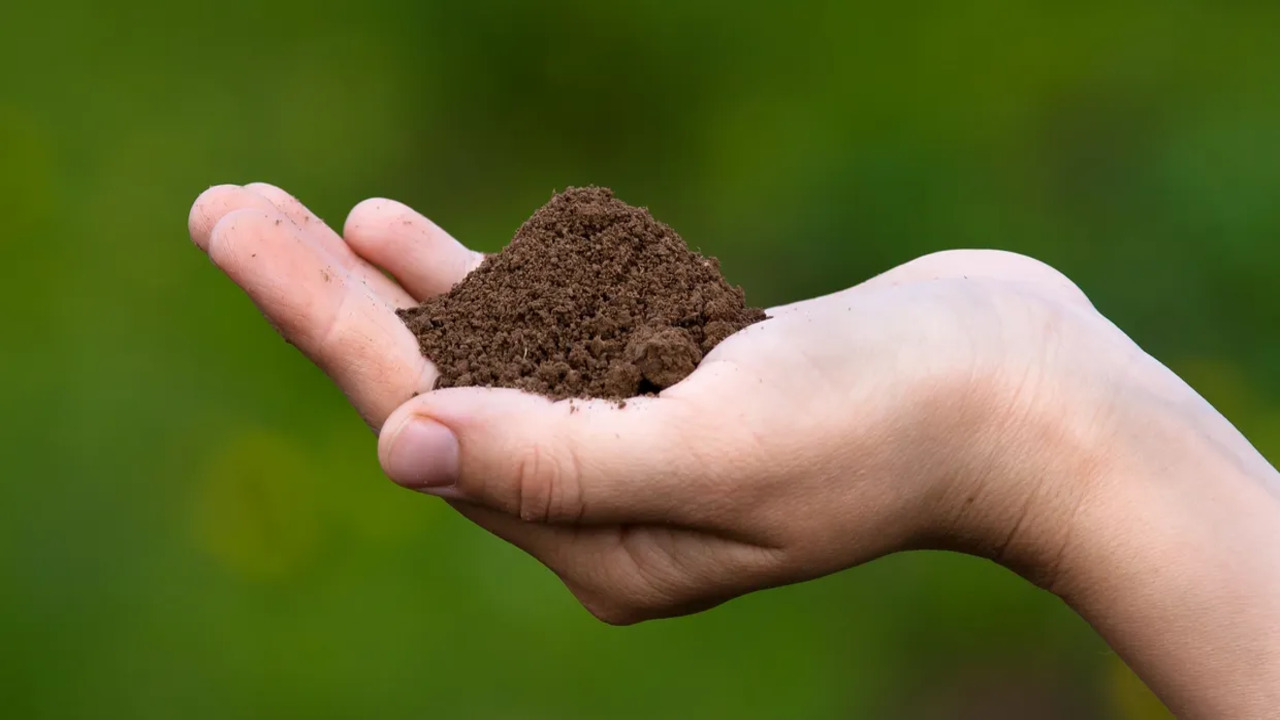
Brown spots on Arborvitae can indicate a soil improvement issue. Several factors can contribute to this problem. Firstly, inadequate drainage can lead to waterlogged soil, causing root rot and subsequent brown spots on the foliage.
Amending the soil with organic matter and ensuring proper drainage can alleviate this issue. Secondly, nutrient deficiencies, particularly in iron or manganese, can cause brown spots.
A balanced fertiliser, iron, or manganese supplements can help address these deficiencies. Compacted soil hinders root growth and nutrient absorption, leading to brown spots. Aeration and loosening of the soil can enhance drainage and promote healthier root development. Regular monitoring, appropriate soil amendments, and proper care will improve soil conditions and reduce brown spots on Arborvitae.
3.Pruning And Cleaning
Pruning and cleaning brown spots on Arborvitae is essential for maintaining the health and aesthetics of the plant. Start by identifying the cause of the brown spots, which can be due to various factors such as fungal diseases, insect infestations, environmental stress, or improper care.
Remove any dead or discoloured foliage using clean pruning shears, making sure to sanitize the tools between cuts to prevent the spread of disease. If a fungal infection causes the brown spots, consider applying a fungicide according to the manufacturer’s instructions.
Adequate watering and proper soil drainage are crucial to prevent future issues. Promoting good air circulation around the Arborvitae can also help reduce fungal growth.
4.Mulching
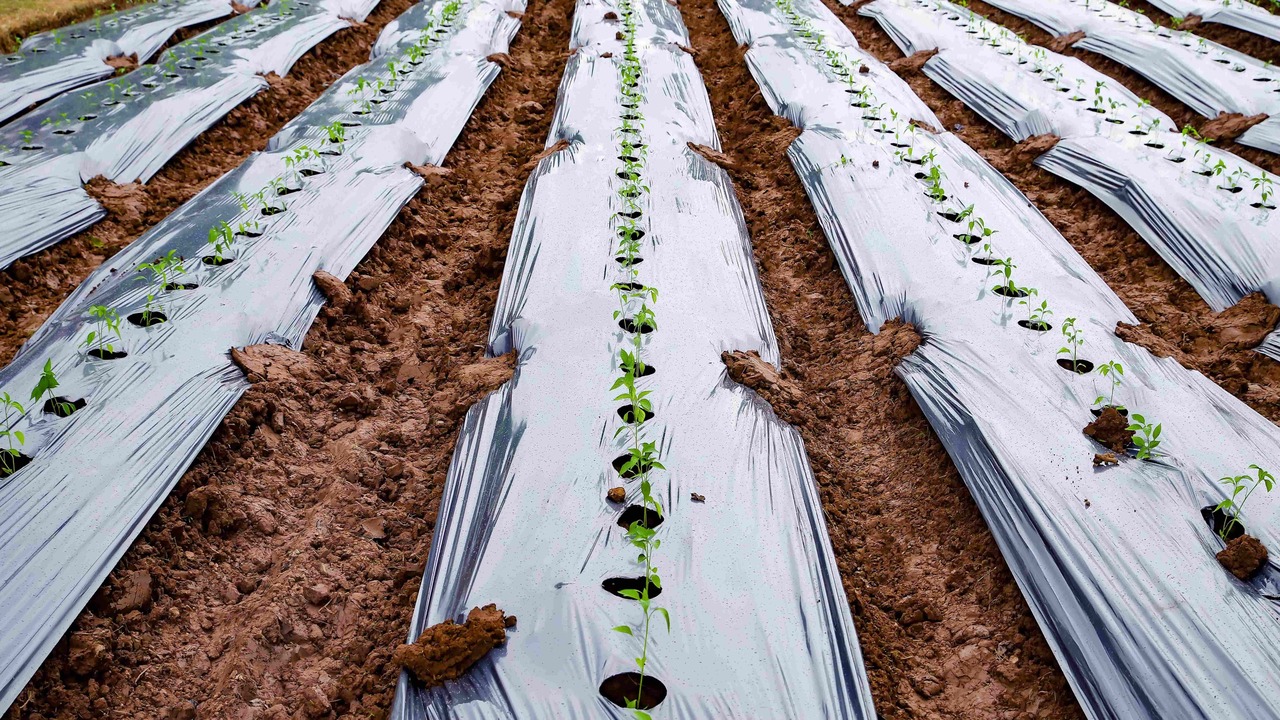
Mulching can help address brown spots on Arborvitae trees. Start by removing dead or diseased foliage and debris around the affected areas. Next, apply a layer of organic mulch around the tree’s base, such as wood chips or shredded bark, extending it a few feet beyond the affected spots. Mulch helps conserve moisture, regulate soil temperature, and suppress weed growth.
It also improves soil structure and encourages beneficial microbial activity. Ensure the mulch is not piled against the trunk, creating moisture retention issues and inviting pests or diseases. Regularly monitor moisture levels, avoiding overwatering or allowing the soil to dry out excessively. Proper mulching and appropriate watering and maintenance can help revive the Arborvitae and promote healthy growth.
5.Pest Control
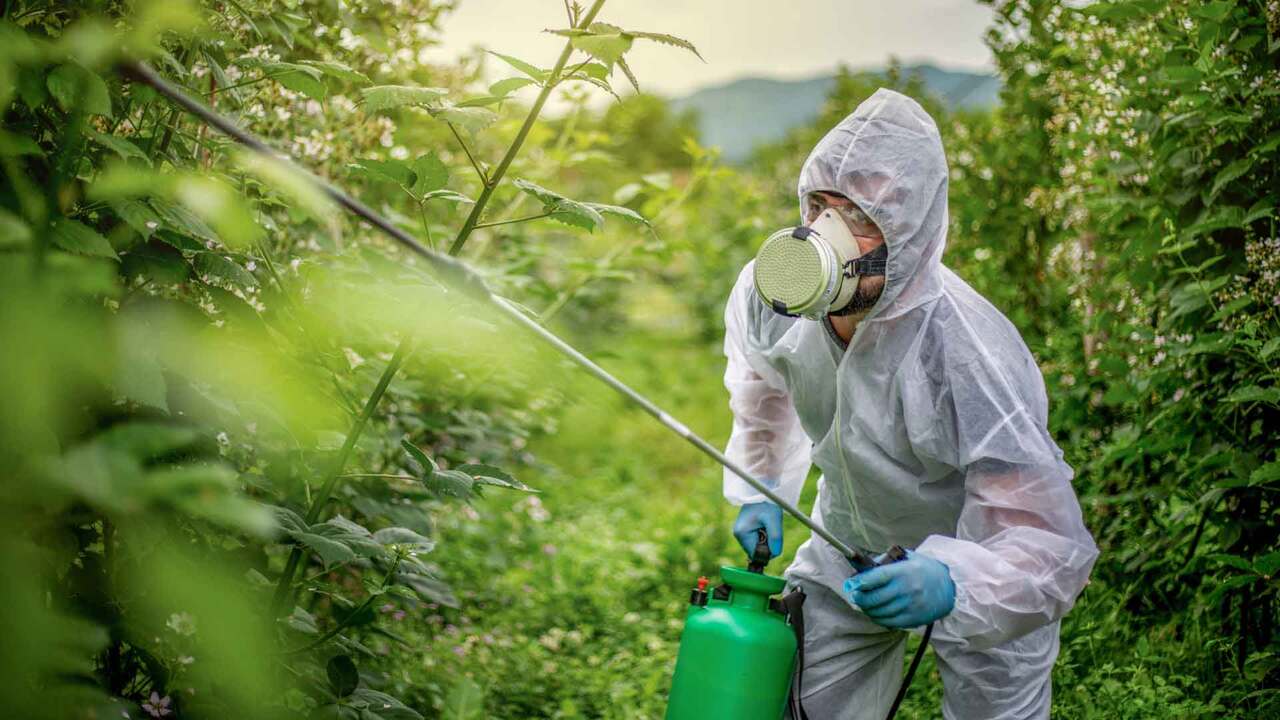
Various pests can cause brown spots on Arborvitae. Spider mites are common culprits, causing discolouration and webbing on the foliage. Bagworms, caterpillars that construct protective bags, can also infest Arborvitae and result in browning and defoliation.
Scale insects, small immobile pests, may appear as brown bumps on branches and leaves, causing damage to the plant. Additionally, aphids and adelgids can feed on the sap, leading to yellowing and browning of the Arborvitae foliage.
To address these pest issues, it is advisable to identify the specific pest and adopt appropriate control measures. Methods include pruning affected areas, introducing beneficial insects, using horticultural oils or insecticidal soaps, and applying insecticides if necessary. Regular monitoring and early intervention can help protect Arborvitae from further damage.
6.Sun Exposure
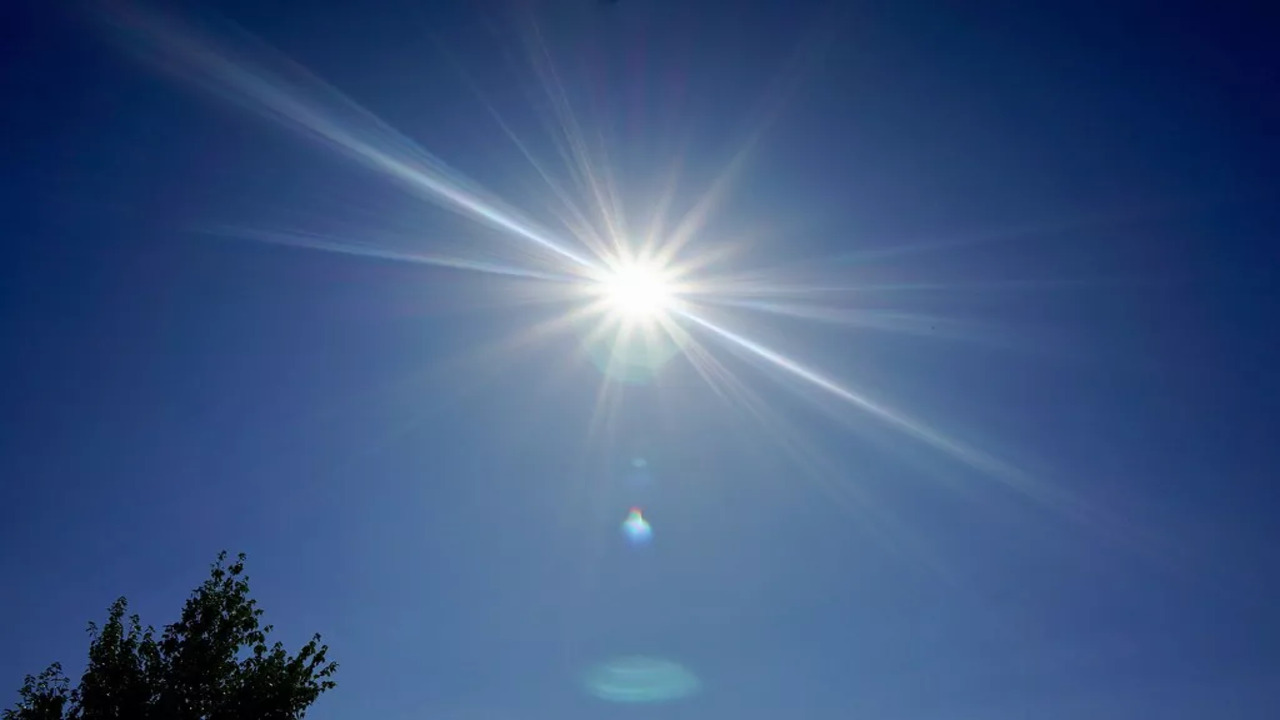
Sun exposure can cause brown spots on Arborvitae, which are evergreen trees commonly used in landscaping. When exposed to intense sunlight, the foliage of Arborvitae can develop patches or spots of brown discolouration.
This occurs due to sunburn or sunscald, where the leaves become damaged by excessive heat and ultraviolet radiation. Brown spots are more likely to appear on Arborvitae trees that are young, newly planted, or have thin foliage.
Providing adequate shade for Arborvitae is important to prevent this issue, especially during the hot summer. Planting the trees in partial shade or using shade cloth can help protect them from direct sunlight. Regular watering and mulching can also promote healthy foliage and minimize sun damage.
7.Disease Management
Brown spots on arborvitae can indicate various diseases and environmental stresses. One common issue is needle blight, caused by fungal pathogens such as Phyllosticta, Pestalotiopsis, or Botryosphaeria. This disease typically results in brown spots on the foliage, which can eventually lead to defoliation if left untreated. Proper disease management involves pruning and disposing of infected branches, ensuring proper spacing and airflow between plants, and avoiding overhead watering.
Fungicides may be necessary for severe cases, but preventive measures like regular monitoring, promoting plant health through adequate watering and fertilization, and maintaining good hygiene can help minimize the occurrence of brown spots. Consulting a professional arborist or local extension service can provide specific guidance for effective disease management.
Soil Quality And Ph Levels

Soil quality and pH levels are essential factors that determine the productivity of agricultural land. It refers to the ability of soil to provide nutrients to plants, which is crucial for their growth and development. The quality of soil can be affected by various factors such as soil structure, nutrient content, and pH levels. pH levels, on the other hand, are a measure of the acidity or alkalinity of the soil.
The pH scale ranges from 0 to 14, with 7 being neutral. Soil with a pH below 7 is considered acidic, while soil above 7 is considered alkaline. Maintaining the proper pH level in the soil is important to ensure optimal plant growth and yield.
Different plants have different pH requirements, and farmers must adjust the pH of their soil accordingly. Soil pH affects the availability of nutrients to plants, and different nutrients are more available at different pH levels.
Sun Exposure And Temperature Control

Sun exposure and temperature control are crucial factors affecting our daily lives. The harmful effects of sun exposure are well-known and can lead to numerous health problems, such as skin cancer and premature ageing.
Therefore, we must protect ourselves from the sun’s harmful rays. This can be done by using sunscreen, wearing protective clothing, and avoiding the sun during peak hours.
On the other hand, temperature control is equally important, especially during extreme weather conditions. Whether it’s a hot summer day or a freezing winter night, we must regulate the temperature to maintain our comfort and health.
This can be achieved through various means, such as air conditioning, heating, and proper insulation. However, it is important to note that excessive air conditioning or heating use can also negatively affect the environment and our energy bills.
Conclusion
If you have noticed brown spots on arborvitae, you may wonder what is causing them and how to treat them. Several factors, such as environmental stress, disease, pests, or improper care, could cause brown spots. To treat the problem, it is important to identify the cause and take the appropriate steps to resolve it.
And there you have it. If you ever spot any brown spots on your Arborvitae, don’t panic. Follow these simple steps, and your plant will return to its lush green self in no time. Prevention is key, so keep an eye on your Arborvitae and treat it regularly to keep it healthy and beautiful. As they say, “an ounce of prevention is worth a pound of cure.”
FAQ
[rank_math_rich_snippet id=”s-f5d6eed2-5a27-4e74-9709-7d42e74a26fd”]

I am passionate about home engineering. I specialize in designing, installing, and maintaining heating, ventilation, and air conditioning systems. My goal is to help people stay comfortable in their homes all year long.

